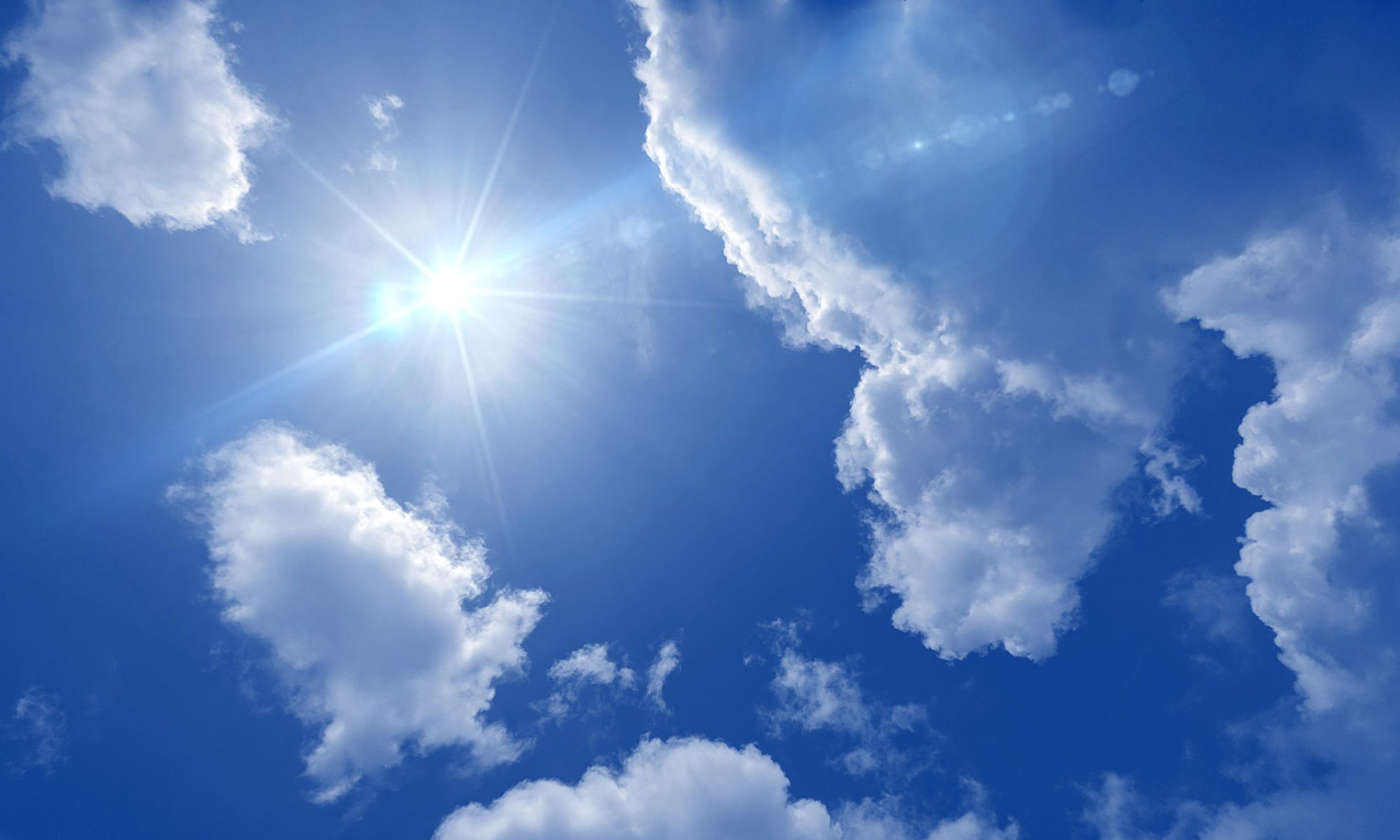Current college/university students and recent graduates have an opportunity to create useful and appealing products from e-waste—computers, printers, cell phones and similar materials that would normally end up in landfills. And their efforts could win them prizes.
The International E-Waste Design Competition (www.ewaste.illinois.edu), allows participants will explore solutions to this problem at the local level and beyond. At the conclusion of last year’s competition, $20,000 in prize money was awarded to six teams and three honorable mentions. Prize money was contributed by corporate sponsors including DELL and Walmart. The prizes for the 2012 competition have yet to be announced. The Sustainable Electronics Initiative (SEI) (www.sustainelectronics.illinois.edu) and the Illinois Sustainable Technology Center (ISTC) (www.istc.illinois.edu) coordinate the competition.
Registration is free and opens September 1, 2012. College students and recent graduates are encouraged to submit their ideas for products or services that prevent e-waste generation through life-cycle considerations (E-Waste Prevention Category). or that incorporate e-waste components into a new and useful item (E-Waste Reuse Category). See the rules posted on the competition web site for complete details regarding eligibility and descriptions of project categories. One entry per person or team is allowed. Students are not allowed to be on more than one team, but students are allowed to submit a project with one team and additionally submit one individual project.
Registration closes November 1, 2012 and winners will be announced in early December as the finale of ISTC’s Sustainability Seminar series for Fall 2012. That series will be focused on sustainable electronics. The awards presentation will also be broadcast as a webinar.
As part of their entry, participants will upload a “video commercial” for their project to YouTube. (See “Registration” on the competition web site for complete entry requirements.) Expert jurors from industry, professional organizations, government agencies, universities and non-profits will award monetary prizes to individuals or teams in each category, for a total of six prizes. Honorary mention awards may be given at the discretion of the judges. Competition sponsors have included leading manufacturers, retailers and professional organizations, and will be listed on the competition site as they are confirmed.
Instructors at colleges, universities and trade schools are encouraged to promote this competition to their students and to consider incorporating entry into course curricula. Various institutions beyond The University of Illinois have done this over the years, particularly with industrial design courses. The competition is open to students from all disciplines. Past entries have been received from students in mechanical engineering, electronic engineering, biomedical engineering, industrial design, and fine and applied arts.
The competition began as a local event on the campus of the University of Illinois at Urbana-Champaign in 2009. William Bullock, a professor of Industrial Design with the School of Art + Design taught a course on e-waste issues. As part of that class, the students conducted an e-waste collection on campus to gather unused CPUs, monitors, keyboards, mice, printers, scanners and cell phones as fodder for design projects. From that, the idea for a local reuse competition was born, and the competition was open to the entire campus. In 2010, the competition expanded to a global scale where applicants were asked to submit ideas online, including videos of their entries. The competition has grown to encompass ideas for waste prevention as well as waste reuse.
E-waste is an important social and environmental issue. The U.S. EPA estimates that Americans currently own nearly 3 billion electronic products and that about two-thirds of the electronic devices removed from service are still in working order. However, only about 15% of this material is recycled while the majority is disposed in landfills.
For more information on entering the competition, incorporating it into courses, or being a sponsor, contact Joy Scrogum, SEI Education Coordinator, jscrogum@illinois.edu or at 217-333-8948. For videos from last year’s competition, see www.ewaste.illinois.edu/.

